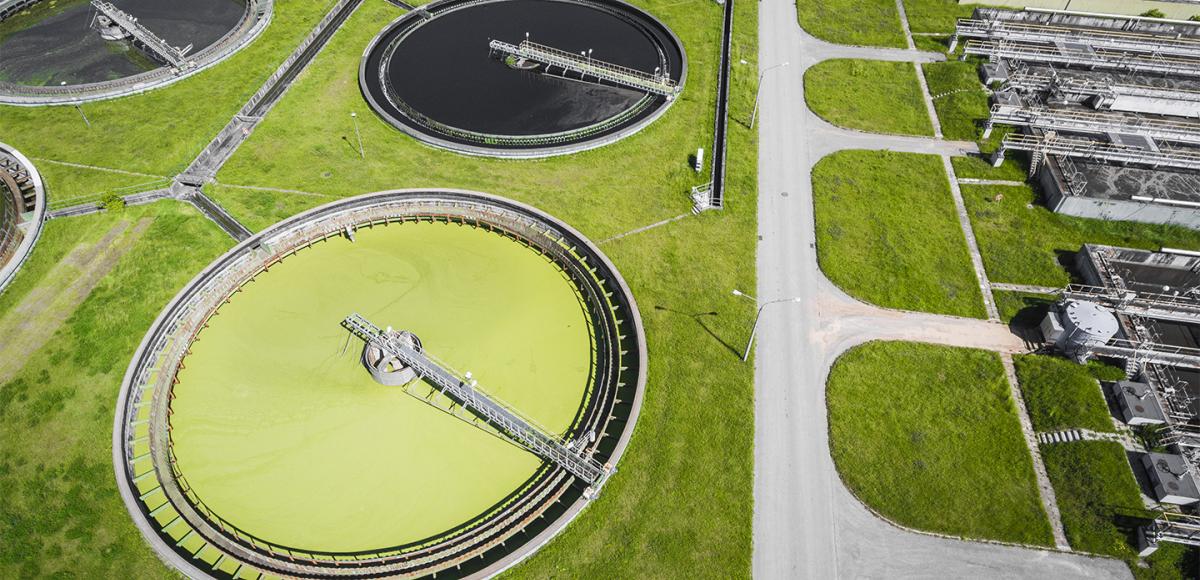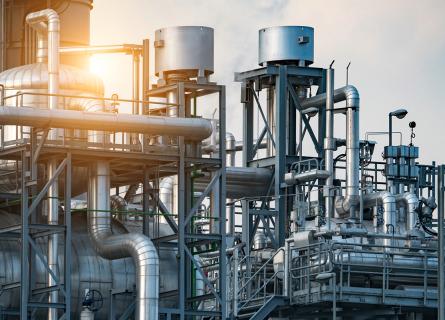
New way of utilising forest industry sludge
According to the long term targets of the EU, waste should be reused or recycled before recovering energy. Environmental and political targets aim for the reuse or recycling of industrial side streams. Tightening of environmental limits forces the industry to take actions towards new solutions.
Pulp and paper mills typically treat their effluents in an effluent treatment plant that consists of primary and secondary treatment processes. In the primary treatment, the effluent is mechanically processed by removing fibers and suspended solids. Solid matter is settled in a clarifier, thus generating primary sludge. The purification process is further continued with secondary treatment where organic matter is removed with biological methods. Typically, the biological method used is an activated sludge process where microbes oxidize the organic matter into biomass, carbon dioxide and water. Thereby biosludge, also referred to as secondary sludge, is generated as a result.
Nowadays, disposal of forest industry sludge is done mainly by incineration in the bark boiler, and biosludge in recovery boiler. In some cases sludge may still end up in landfill, even though landfilling of waste containing more than 10% of total organic carbon is forbidden in Finland, according to Finnish National Waste Act, as well as in some other countries. Furthermore, waste that is sent to landfill has been subjected to taxation in many countries. These issues clearly show landfilling should be used as the last option.
Utilisation of valuable components is possible
Forest industry sludge contains valuable components, such as nitrogen and organic matter, which are lost by incineration. These valuable components should be recovered and utilised in an economical and ecological way.
Improved material efficiency helps to creatie sustainable products and new business from waste. We think we should stop talking about the disposal of sludge as waste and instead start talking about the utilisation potential of the sludge.
Problems with current disposal methods
Incineration in the bark boiler and landfilling are still today’s most common disposal methods. Incineration of the moist material increases the flue gas volume in the boiler. Moreover, the overall steam generation is reduced when the heating value of the used fuel decreases.
Biosludge incineration in the recovery boiler increases also the accumulation of non-process elements in the chemical recovery cycle of a pulp mill, and may cause an increase in operating costs due to corrosion and precipitation on the equipment surfaces. In addition, combustion of biosludge contributes to air emissions.
Landfilling of organic material yields methane emissions and may increase the nutrient load of the runoff water, leachate and toxic sulphur emissions. Other disadvantages are odours, the attraction of insects and the requirement of large areas.
5 steps to evaluate sludge utilisation alternatives
Each mill and the sludge produced are different. To understand the possibilities of sludge, the analysis of sludge utilisation needs to be done. Good evaluation of the possible ways of handling and utilising sludge consists of five steps:
- Sludge composition and dry content have a major effect on choosing the suitable methods or application and therefore sludge must be analysed.
- Legislation sets the limits for the methods suitable. It is essential to clarify the legislation for disposal and for the possible end applications such as fertiliser or renewable energy. In addition IFC´s environmental standards shall be followed.
- Evaluation of the local actors close to the mill to clarify whether common circular economy synergies can be found. Next step is to choose the most suitable method to increase the value of the sludge. Possible methods may include e.g. thermal drying, anaerobic digestion or hydrothermal carbonization.
- Feasibility calculations are executed for the most promising methods and applications. Also, an ecological assessment can be included (carbon footprint, LCA) in the study.
- Market analysis consists of the following issues: the evaluation of the market size, reachable market share, price estimation, possible market obstacles and consumer readiness.
Our value
Our experts can support clients in several ways by providing independent opinion and analysis for sludge use. Extensive and objective reviews of the sludge components opens new utilisation alternatives which brings better runnability and lower operating costs. When sludge is turned from waste to recyclable raw material, increased profitability comes with decreased environmental footprint.




